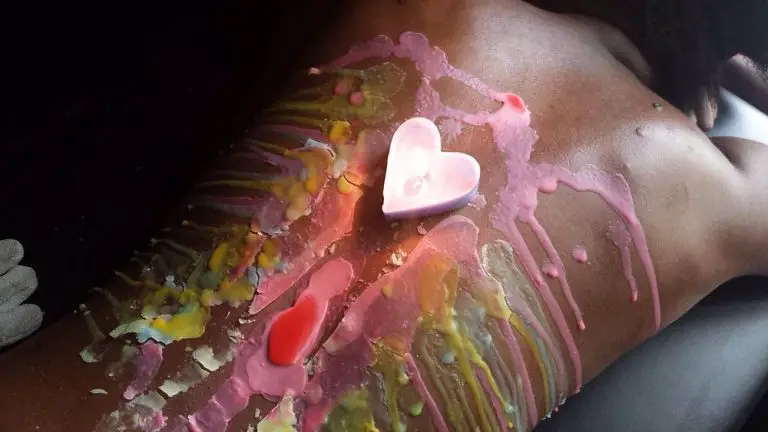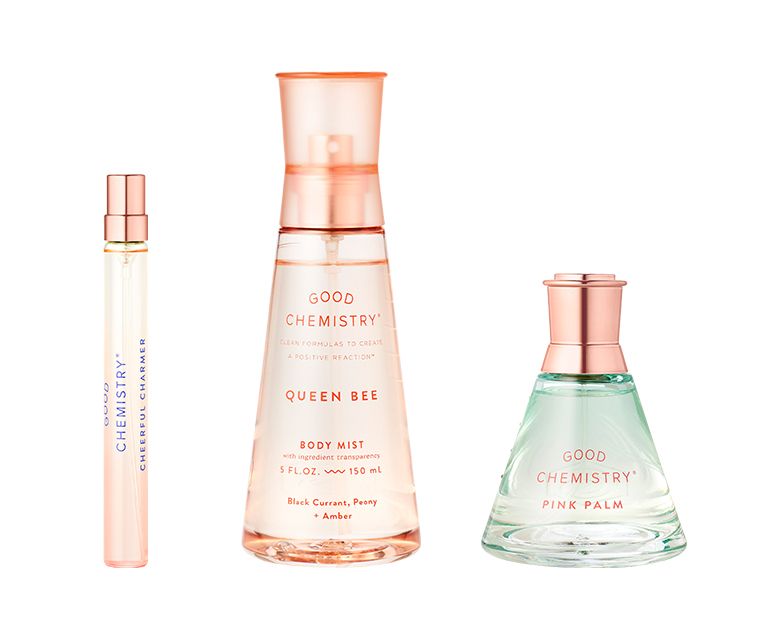Do You Cover Candles To Cure?
What Does It Mean to Cure a Candle?
Candle curing is the process of allowing candles to harden and stabilize after they have been poured and cooled (Armatage Candle Company, 2022). During this process, the fragrance oil molecules intermingle and bind with the wax. This allows the fragrance to evenly permeate the wax and be released when the candle is burned.
Curing is done to optimize the scent throw and burning performance of the candle. It prevents issues like smelling burnt wax when the candle is lit or having an uneven burn. Properly curing a candle allows the fragrance to fully integrate and blossom.
Why Candlemakers Recommend Curing
Candlemakers highly recommend allowing candles to cure before burning for several important reasons. Curing gives the wax time to completely crystallize and harden, which allows the fragrance to stabilize and evenly disperse throughout the candle. According to research from Suffolk Candles, curing can “ensure that the wax is evenly distributed, resulting in a longer burn time.”
In addition, curing creates an ideal environment for the wax and fragrance to bind together through the process of crystallization. As the candle cures, the fragrance throw will become more uniform throughout the candle. Per the article on Medium, “Candle curing makes the wood more durable,” which also applies to the wax and fragrance blend.
Finally, curing can significantly reduce issues like frosting, sweating, and tunneling that can occur when a candle is burned too soon. Allowing time for the wax to properly set up through curing minimizes these problems. As noted on Suffolk Candles, “Curing a candle before use can help reduce issues such as frosting.”
Does Covering Candles Help Cure Them?
Covering candles after pouring can be beneficial during the curing process. When a candle is covered with a lid or other material, it helps trap the fragrance and heat inside the candle. This prevents the loss of fragrance and keeps the wax slightly warmer to continue curing and solidifying properly.
According to BornBrightCandles, covering candles prevents debris and particles from landing on the wax surface which could hinder curing and lead to issues like poor wax adhesion and tunneling (https://www.bornbrightcandles.com/blogs/news/cover-or-uncover-should-scented-candles-be-covered-with-lid). The trapped heat also helps the wax fully saturate the wick, leading to more complete burns.
Therefore, many professional candle makers recommend covering the candle with a lid or foil after pouring and while curing. This optimizes the curing environment. However, candles should not be completely sealed or air tight, as they still require some airflow.
How to Cover Candles for Curing
There are a few simple ways to cover candles during the curing process to help optimize the cure:
Use the candle’s lid, if it has one. Lids seal tightly and prevent airflow around the candle as it cures. For candles without lids, a cardboard box or aluminum foil can be used to cover them instead. The key is to seal the candle with minimal airflow so the scent does not dissipate as it cures 1.
Make sure to cover the candle tightly with no gaps for air to get in or out. Tape down foil or flaps of a box to create a tight seal. This helps trap the scent and oils in the candle while curing.
Keep the covered candle in a room temperature area as it cures. Do not cure candles in hot or cold conditions. Curing at around 70°F is ideal for the wax to properly set up. Curing in a closet, cabinet, or shelf in a main living area tends to provide suitable curing conditions.
Curing Times with Covered Candles
When covered during the curing process, most candles will fully cure within 1-2 weeks. According to Armatage Candle Company, the general rule of thumb for testing soy wax is 1-2 weeks, but getting as close to 2 weeks as possible leads to the best results1. Coconut and coconut-apricot waxes tend to need a little more time closer to 2 weeks for full curing according to Blaze and Foam2.
The best way to test if a covered candle is fully cured is to check the fragrance. A strong scent when you remove the cover means it still needs more time. As the candle finishes curing, the fragrance will be subtler and evenly distributed. Most experts recommend 2 weeks covered as the safest bet for fully curing various candle waxes.
Signs Your Candle is Fully Cured
There are a few key signs to look for to determine if your candle is fully cured and ready to use. According to candlemaking experts, the main things to check are:
Even scent throw – A properly cured candle will have an even, consistent scent when burned. If certain areas smell stronger than others, it needs more time to cure.
Smooth wax pool – When lit, the wax should melt evenly and smoothly into a pool, without tunnelling or an irregular melt pattern. Tunnelling happens when the edges melt faster than the middle and indicates insufficient curing.
No sweating/frosting – Cured candles should not develop moisture beads or whitish frosting on the surface, which signal components separating. As one redditor explained, “If you don’t cure it (soy particularly) you don’t smell the fragrance strength you anticipated and the candles sweat when burned.” (Source)
Checking for these signs will let you know if your candle is ready or needs more time to cure before lighting.
Storing Cured Candles
Properly storing cured candles is crucial to preserve fragrance and prevent defects from developing. According to The Harlem Candle Company, candles should be kept in a cool, dry area to best maintain quality over time.
Avoid storing candles anywhere with heat, sunlight exposure, humidity or moisture. High temperatures can cause candles to sweat or lose their shape. Direct sunlight should also be avoided as it may fade colors and cause fragrance loss over time (https://www.harlemcandlecompany.com/blogs/journal/how-to-store-candles-properly-3-things-to-avoid).
Candles are best stored in their original packaging or container if possible. This helps protect against dust, contaminants, and fragrance absorption from other scented products. For multiple candles, store each scent separately to prevent fragrance transfer between them (https://www.reddit.com/r/candlemaking/comments/vrda7z/storing_candles_while_curing/).
With proper dry, cool storage, cured candles can maintain quality and aroma for many months after production. But heat, sunlight and moisture during storage can quickly degrade your hard work.
Recapping the Benefits of Curing
Curing candles allows for a number of improvements that enhance the overall quality and performance of the candle. One of the main benefits is to improve scent throw. As the candle cures, the fragrance oils fully absorb into the wax which results in a stronger and longer-lasting scent when burning (https://suffolkcandles.co.uk/blogs/candles/do-candles-need-to-be-cured). Curing helps reduce issues like frosting, where oils leach out of the candle and create a white, powdery film on the surface. A good cure allows the wax to stabilize so frosting is less likely to occur. Finally, curing lets the wax fully harden which minimizes issues like sinkholes or cracks when the candle is lit. Taking the time to properly cure candles helps enhance their appearance, performance, and scent strength.
Covering Helps Optimize Curing
Covering candles while they cure can help optimize the curing process in a few key ways:
First, covering traps the fragrance and heat inside the candle vessel. This allows the fragrance oil to fully bind to the wax, resulting in a stronger scent throw once the candle is burned. Leaving candles uncovered may allow some of the fragrance oil to dissipate before it has properly cured into the wax.
Second, covering prevents the wax from cooling too quickly. If candles cool down rapidly, it can lead to issues like frosting, sweating, and poor adhesion of the wax to the container. Maintaining warmth under the cover allows the wax time to slowly settle and adhere evenly to the sides and bottom of the vessel as it solidifies. According to Born Bright Candles, the ideal curing temperature is around 120-130°F.
By trapping heat and fragrance, covering candles helps provide ideal curing conditions for the wax to set up properly. This leads to a candle with an excellent surface appearance, clean burn, and strong scent throw when lit.
How to Get the Best Cure
To get the best cure for your candles, there are a few key steps to follow:
First, cover the candle tightly during the curing period. This helps lock in fragrance and provides an ideal environment for the wax to stabilize. According to Armatage Candle Company, “Candle wax will continue to shrink as it cools and cures…you’ll want to trap the fragrance rather than allow it to waft away.” https://armatagecandlecompany.com/blog/candle-curing/
Next, allow candles to cure for at least 2 weeks. Suffolk Candles recommends a curing time of “between 1-4 weeks depending on the candle.” The curing process allows time for crystals to form in the wax which hardens the finish. https://suffolkcandles.co.uk/blogs/candles/do-candles-need-to-be-cured
Finally, store cured candles properly to maintain quality. Keep candles in a cool, dry area away from direct light to prevent slumping or sweating. With proper curing and storage, your candles will burn cleanly and evenly.




